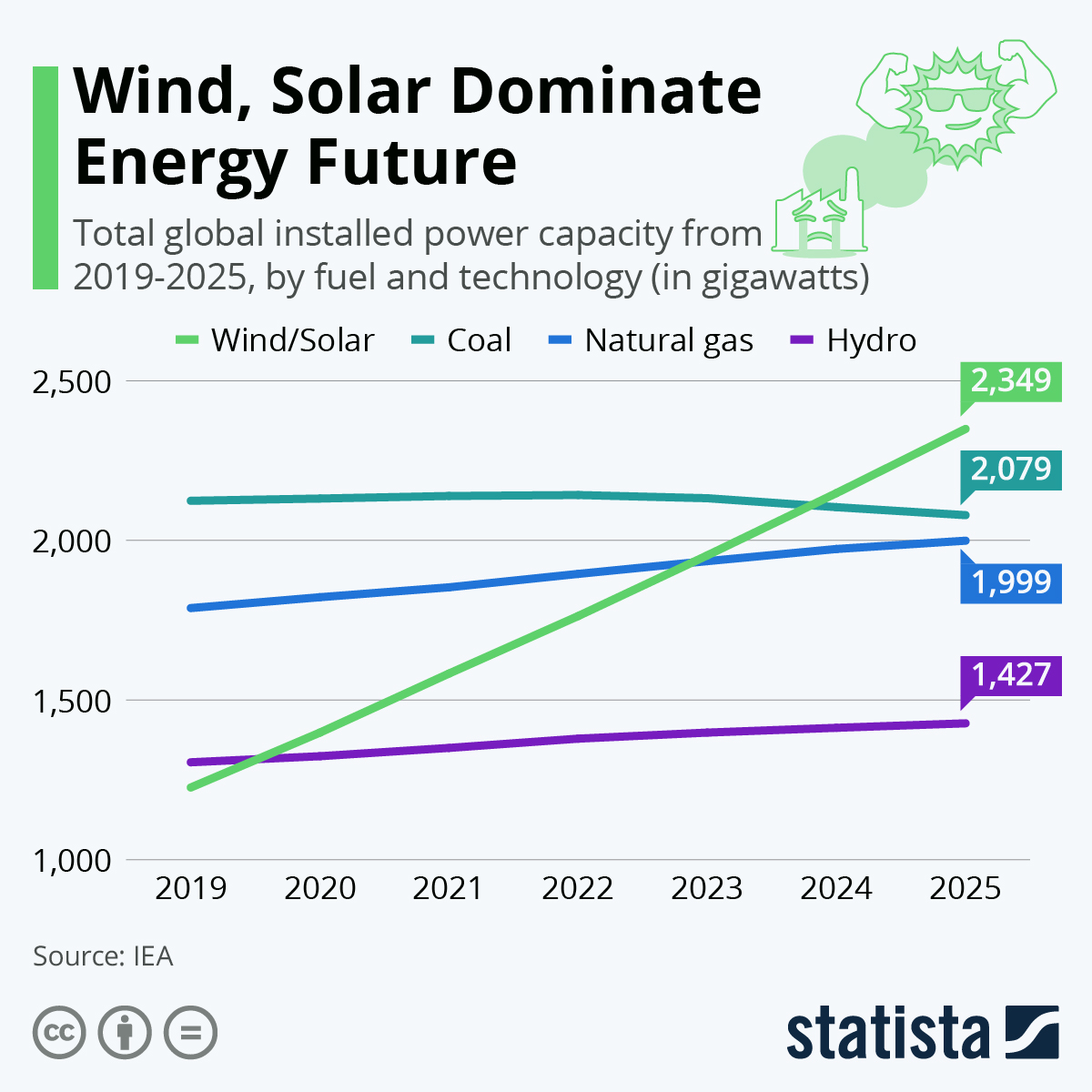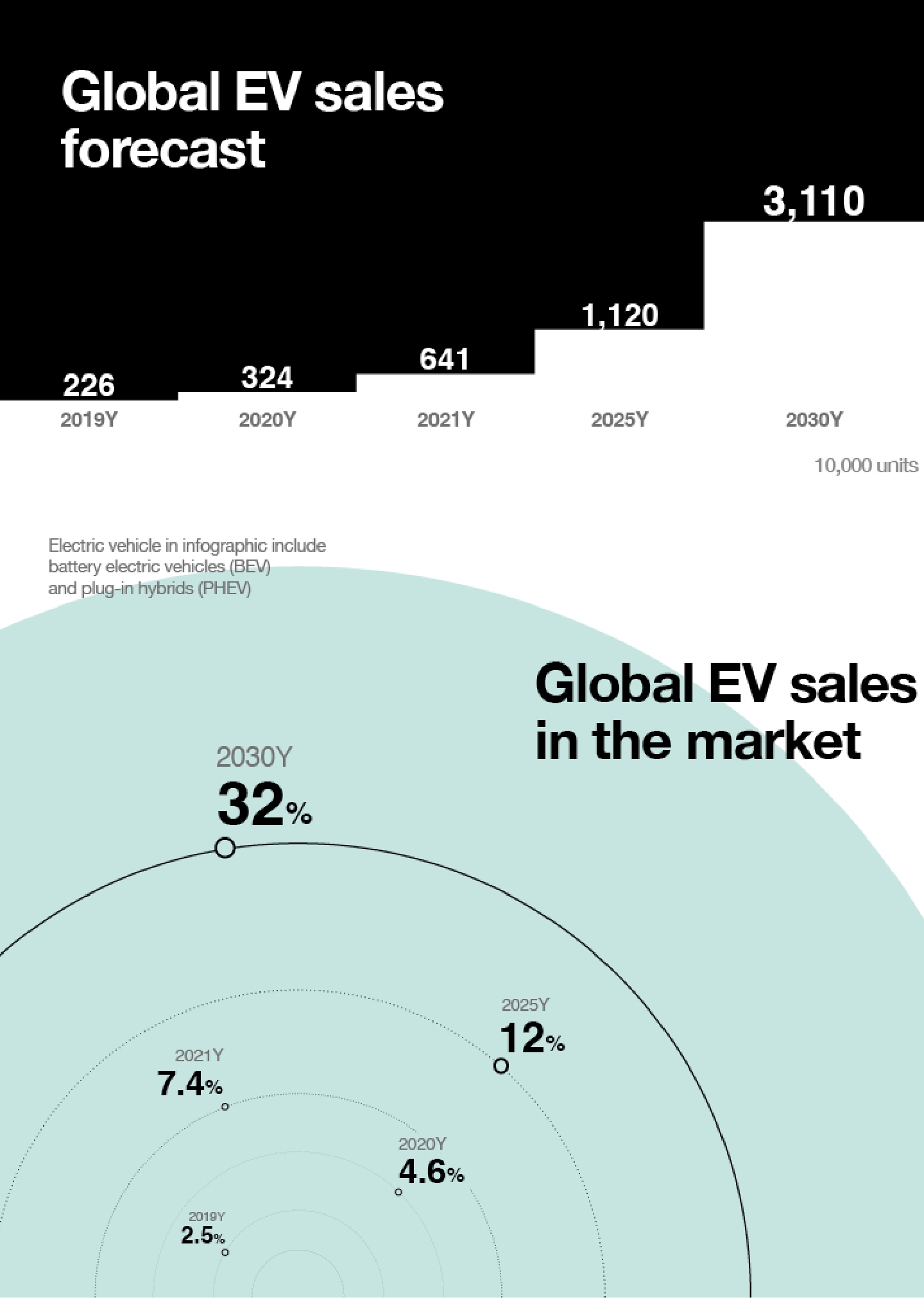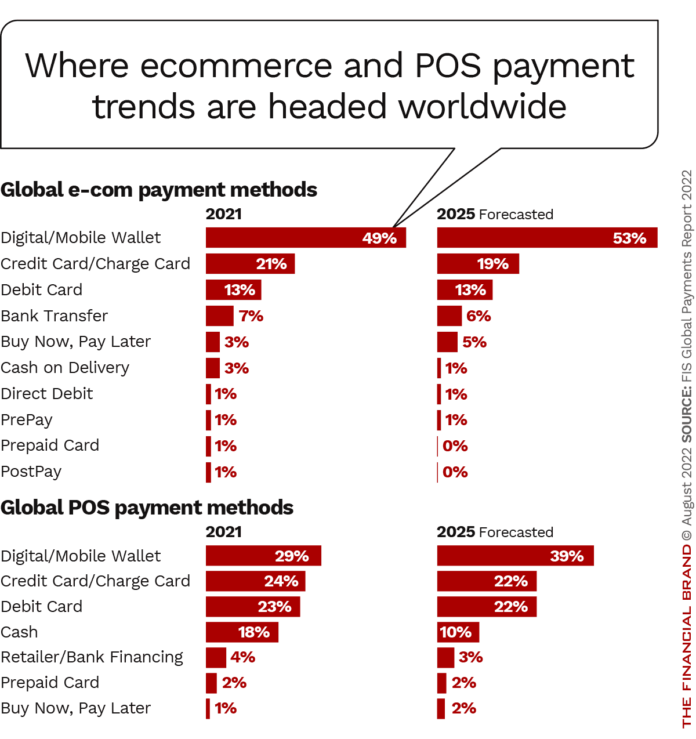Predicting which country will rule the world in 2025 is speculative. No single nation is projected to claim absolute dominance.
Understanding global dominance requires observing various factors such as economic strength, military capabilities, technological advancements, and diplomatic influence. Currently, the United States and China are leading powers with significant global influence. As we approach 2025, their competition in areas like technology, trade, and geopolitics sparks considerable debate regarding future leadership.
Nonetheless, the concept of any one country “ruling the world” is increasingly outdated, with multi-polar power structures emerging. Historically, global power has been fluid, shifting across nations and coalitions over time. The notion of a dominant world leader relates less to outright control and more to shaping global norms, practices, and policies through a combination of soft and hard power. Hence, anticipating the preeminent country of 2025 also involves understanding global dynamics and the interplay between different state and non-state actors on the international stage.

Credit: www.statista.com
Predicting Global Hegemony
Welcome to our exploration into the world of global hegemony and the quest for the top position as we approach 2025. Nations are constantly vying for dominance in various arenas, and two main factors frequently predict the tides of power: economic might and military strength. Let’s delve into the indicators that might illuminate which country will lead the globe in the near future.
Economic Indicators
The economy often dictates a country’s global influence. Strong economies can lend aid, develop technologies, and influence international markets. Here are key points to consider:
- Gross Domestic Product (GDP): A high GDP suggests robust economic health.
- Trade Balance: Countries that export more than they import tend to accumulate wealth.
- Technological Advancements: Innovation leads to better productivity and commerce.
- Foreign Direct Investment (FDI): Attracts overseas businesses and creates jobs.
Emerging economies, like India and Brazil, might show significant growth. Established powers such as the United States and China are likely contenders due to their massive economies.
Military Strength
While economic power is key, military might cannot be ignored. A formidable military can deter aggression and project power. Important factors include:
| Country | Military Personnel | Defense Budget | Advanced Weaponry |
|---|---|---|---|
| United States | 1.3 million | $778 billion | High-tech armaments |
| China | 2 million | $252 billion | Rapidly modernizing |
| Russia | 1 million | $61.7 billion | Large nuclear arsenal |
Countries like the United States and China dominate due to their extensive resources and technological edge. Regional powers like Russia also hold significant sway due to their strategic arsenals.

Credit: www.hyundaimotorgroup.com
The Rise Of New Powers
As we gaze into the future, the rise of new powers shapes the global landscape. With 2025 on the horizon, taking a predictive look at which country will rule the world reveals the dynamic shifts in power. Nations once considered on the fringes are now stepping onto the center stage of global influence, propelled by economic prowess and technological innovation.
Emerging Economies
The global stage is witnessing an exciting drama as emerging economies grasp the reins of influence. Countries like India, Brazil, and Nigeria paint a vibrant picture of growth. These nations boast rapid population growth and youthful demographics, injecting fresh vitality into their markets.
- India shines with its budding IT sector and a strong service industry.
- Brazil captures attention with vast natural resources and agricultural strength.
- Nigeria surges forward, thanks to its expanding economy and entrepreneurial spirit.
These countries, once tagged as developing, are now economic hotspots sparkling with potential. They exhibit a remarkable trajectory of growth, suggesting they might just leapfrog into power positions by 2025.
Technological Advancements
Advancing technology is a pivotal chess piece in this global power play. Nations that innovate and harness new technologies blaze trails toward unforeseen levels of influence. AI, robotics, and digital economies fuel a country’s ascent to power.
| Region | Technological Focus | Impact |
|---|---|---|
| Asia | 5G networks, AI | Production efficiencies |
| Europe | Green tech, automation | Environmental sustainability |
| Americas | Biotech, software development | New market creation |
China’s focus on AI and 5G technology presents a clear blueprint for digital dominance. South Korea and Taiwan turn the tide with breakthroughs in semiconductor production. In this global tech race, mastery of innovation is the winning ticket to ruling the world in 2025.
Evaluating Usa’s Continued Influence
As we look towards 2025, the world wonders which country will dominate the global stage. Many eyes are on the United States. The U.S. holds the helm of power. But will its influence continue unrestrained? Let’s dive into the factors that could shape America’s global standing in the near future.
Political Climate
The political realm in the USA constantly shapes its global influence. Bold leadership and domestic policies often resonate worldwide. The presidency and Congress set the tone. They draft the strategies that impact the nation’s footprint across the globe. In recent years, political divisions have posed challenges. Strong and united leadership is vital for the USA to maintain its role as a world leader.
- Presidential leadership: Determines international relations and defense policies.
- Congressional support: A united stance enhances foreign policy execution.
- Political stability: Ensures consistent and reliable international engagement.
International Alliances
Partnerships and alliances stand as pillars of America’s international authority. Important groups like NATO and the UN rely on U.S. leadership. Strong relationships with allies leverage America’s ability to influence global matters. It steers efforts on security, trade, and humanitarian aid.
| Alliance | Role of USA |
|---|---|
| NATO | Central to collective defense and crisis management. |
| United Nations | Key player in peacekeeping, development, and human rights. |
| Trade Agreements | Influences global economics through partnerships and tariffs. |
In conclusion, the strength of America’s alliances serves as a testament to its global influence. Active participation in international affairs is crucial. Building and maintaining strong relationships is what may keep the USA at the forefront.
China’s Strategic Moves
As we speculate on which country might dominate the global stage by 2025, China’s strategic endeavors have drawn significant attention. Their initiatives span a wide array of areas, clearly showcasing a chess-like foresight in international affairs. This post delves into some of the remarkable strategies China has implemented that might shape the world’s power dynamics.
Belt And Road Initiative
China’s Belt and Road Initiative (BRI) is a transformative strategy aimed at boosting trade and stimulating economic growth across Asia and beyond by developing trade routes reminiscent of the ancient Silk Road. Here are its core components:
- Infrastructure Development: Building roads, railways, and ports across participating countries.
- Investment Surge: Providing funds for projects in infrastructure, energy, and telecommunications.
- Trade Connectivity: Forging closer ties between Asia, Europe, and Africa.
This grand vision could foster unprecedented levels of partnership, placing China at the heart of a new global network.
Digital Currency Expansion
In the digital sphere, China is pioneering with its Digital Currency Electronic Payment (DCEP). This venture positions China as a leader in the futuristic currency landscape:
| Aspect | Impact |
|---|---|
| Rapid Implementation | Paving the way for a more efficient payment system. |
| Global Influence | Setting the stage for international currency exchange modernization. |
| Economic Strategy | Reducing reliance on traditional financial systems and the US dollar. |
With these strategic moves, China demonstrates its capabilities not just in traditional infrastructure, but in the burgeoning realm of digital finance, shaping the future as nations strive for economic relevance.
European Union’s Collective Power
Many eyes turn to the European Union’s Collective Power as a key player on the global stage. With its diverse economies and influential policies, the EU forms a pillar in international affairs. Let’s explore if this unique union has what it takes to rule the world by 2025.
Brexit’s Aftermath
The UK’s exit from the EU, known as Brexit, shook the continent’s stability. Yet, the EU has displayed resilience and adaptability in its economic policies and trade. Still, Brexit’s effects on the union’s dominance remain under scrutiny. Key points include:
- Trade adjustments with a non-EU UK
- Revised immigration and travel rules
- Impact on the EU’s geopolitical influence
Unified Military Efforts
In the realm of defense, Unified Military Efforts elevate the EU’s strategic capabilities. A concerted military agenda among EU countries could significantly boost the union’s global power status. The benefits are clear:
- Increased defense collaboration
- Enhanced crisis response mechanisms
- Improved security for member states

Credit: www.brookings.edu
India’s Demographic Dividend
Some countries have oil, some have diamonds, but India has something just as valuable: its youth. This is India’s demographic dividend. With over 65% of its population under the age of 35, India is set to have one of the youngest workforces in the world by 2025. Young minds bring fresh ideas, boundless energy, and a willingness to innovate — traits that could catapult a nation to the forefront of global leadership.
Tech Industry Boom
India’s technology sector is on an explosive trajectory. Homegrown startups and global corporations alike are tapping into India’s brainpower pool. Innovation hubs like Bangalore and Hyderabad shine on the world tech map. As digital transformation accelerates, India’s software services are in high demand across all continents. Here’s a look at why India’s tech boom matters:
- High-quality technology education creates a vast talent pool.
- English language proficiency opens doors to international markets.
- Government policies favor tech business growth and expansion.
Education And Youth Employment
The Indian government recognizes that education is the golden key to unlock the demographic dividend. Initiatives improve school and college infrastructure, aiming to provide skill-based training. Here’s how India prepares its youth for the future:
| Initiative | Focus Area | Impact |
|---|---|---|
| National Education Policy | Revamping curriculum | Creating job-ready graduates |
| Skill India | Vocational training | Boosting employability in various sectors |
| Startup India | Entrepreneurship | Encouraging innovation and self-employment |
With such robust measures, the nation is prepping a workforce ready to lead in industries ripe with opportunity — leading to a future where India doesn’t just participate in the world economy, but sets its pace.
Russia’s Geopolitical Strategy
As we peer into the global crystal ball towards 2025, one nation’s strategy stands out. Russia, a key player in international dynamics, maps a course through its vast geographical span and resource-endowed land. The country’s global impact hinges on strategic plays across energy and technology. Let’s dissect Russia’s geopolitical chessboard under two critical points of influence.
Energy Resources LeverageEnergy Resources Leverage
Russia’s abundant natural resources, particularly its energy reserves, form a cornerstone in its geopolitical maneuvering. These reserves afford Russia considerable sway on the world stage. Below are key points detailing this leverage:
- Control over natural gas: Russia pipes significant amounts to Europe.
- Oil export dominance: It fuels nations and keeps economies running.
- Investment in renewables: Future-proofing its energy-led influence.
These factors position Russia as an energy superpower. Nations dependent on these resources might align with Russian interests.
Cyber Warfare CapabilitiesCyber Warfare Capabilities
Cyber power shapes modern geopolitics as surely as troops or tanks once did. Russia’s prowess in this domain grabs headlines and causes global leaders to take notice.
Following are key elements of Russia’s cyber capabilities:
- Advanced cyber units: Skilled teams carry out operations.
- Global cyber reach: Targets include states, corporations, and infrastructure.
- Information warfare: It bends public opinion and political outcomes.
These tools empower Russia to project power globally without traditional force. Russia’s cyber activities could influence economies, politics, and even the stability of other nations as we look towards 2025.
Assessing The Impact Of Multilateralism
Wondering who will lead the world in 2025? The answer might lie in how countries work together. Multilateralism is when countries unite for a common goal. This teamwork can change the game in world leadership. Let us explore how.
United Nations’ RoleUnited Nations’ Role
The United Nations (UN) plays a big role. It brings countries together. They talk. They plan. They solve problems. The UN’s success can mean a peaceful world. A peaceful world creates strong leaders.
- Peacekeeping missions – Stop conflicts.
- Sustainable goals – Make a better world for everyone.
- Human rights – Protect people across the globe.
Countries that support the UN could lead the world. They show they care about peace.
Global Trade AgreementsGlobal Trade Agreements
Trade agreements connect countries. They make trade easy. They help economies grow. When countries trade, they get stronger together. Good trade means good relations. Good relations can mean more power in the world.
| Agreement | Countries Involved | Significance |
|---|---|---|
| USMCA | USA, Canada, Mexico | Boosts North American trade |
| RCEP | Asian-Pacific nations | Largest trade bloc |
| CPTPP | Various countries | Reduces tariffs widely |
Big trade deals mean more power. Countries in these deals might take the lead in 2025.
Frequently Asked Questions On Which Country Will Rule The World In 2025
Who Will Dominate The World In 2050?
Predicting who will dominate the world in 2050 is challenging as it involves economic, technological, and geopolitical variables. Currently, powerhouse nations like the USA and China are strong contenders.
What Will Happen To The World In 2025?
Predicting specific global events in 2025 is challenging, as future outcomes depend on various dynamic factors. Advancements in technology, climate change, and geopolitical shifts will significantly influence global developments. The world may see innovation in AI and renewable energy, with emerging concerns over cyber-security and environmental issues.
What Is The Most Powerful Country In The World In 2050?
Predicting the most powerful country in 2050 is speculative. Current trends suggest China, the United States, or India could lead in various capacities, including economic, military, and technological dominance.
What Will Economy Be Like In 2025?
Predicting the exact state of the economy in 2025 is challenging due to countless variables. Expectations include technological advancements and globalization impacting economic growth. Economic forecasts suggest a moderate global growth rate, but unforeseen events could alter this outlook.
What Factors Determine Global Leadership?
The balance of military power, economic strength, political stability, and soft power influence are key determinants of global leadership.
Conclusion
Predicting the dominant force in 2025 challenges us all. No single nation holds a crystal ball to future supremacy. Economic strength, technological innovation, military might, and diplomatic alliances will shape the global hierarchy. We stand on the edge of a transformative era, where balances can shift rapidly.
Observing these dynamic changes will be essential, as the potential world leader emerges.

